China Extract Powder For Use As Dietary Supplement Extract Powder, Extract Powder Manufacturer Shaanxi Kang New Pharmaceutical co., Ltd. , https://www.bio-pharmacies.com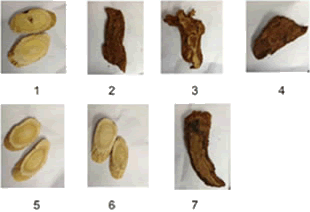
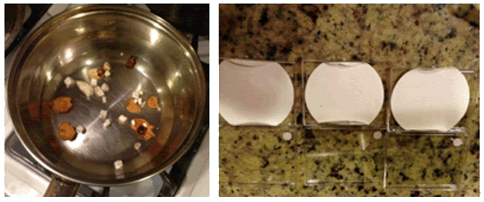

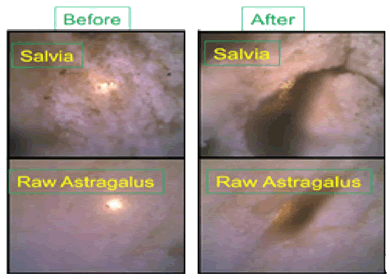
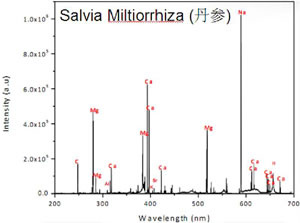
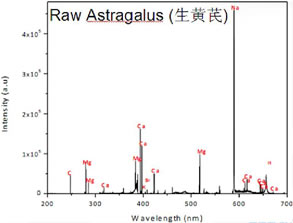
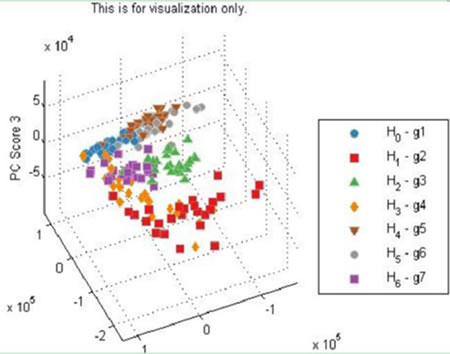
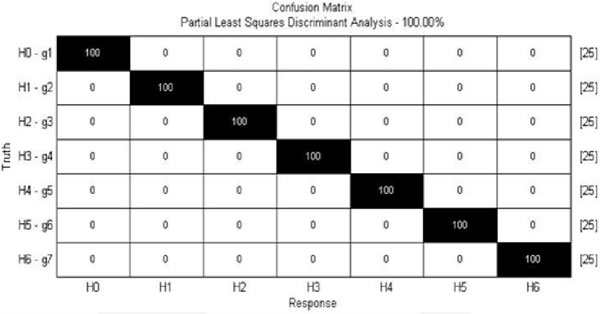
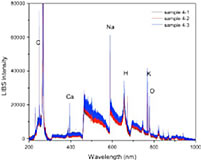
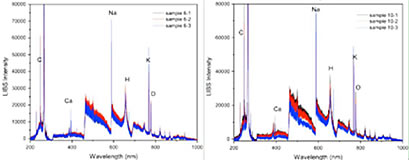
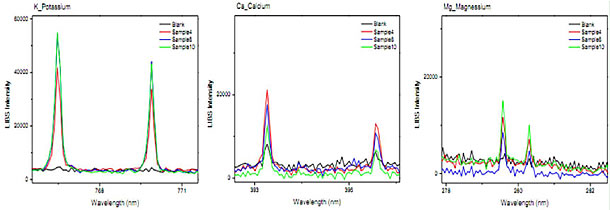

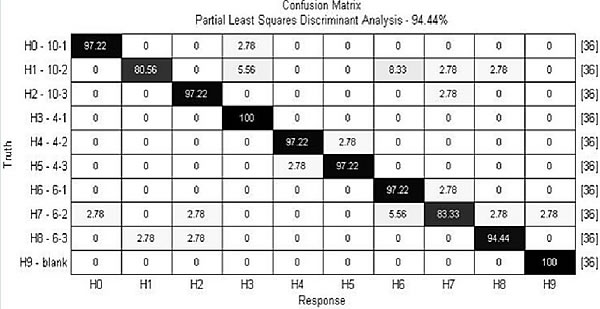

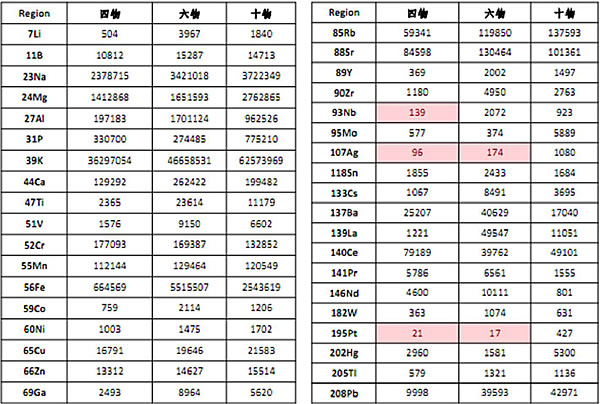
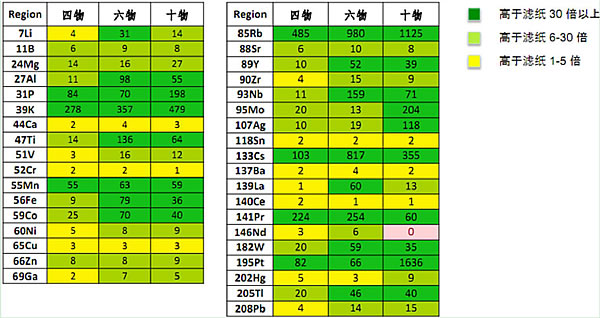
Application of J200 Laser Spectral Element Analyzer in Analysis and Identification of Chinese Medicinal Materials
Foreword
The composition of trace elements and the content of heavy metal elements in Chinese herbal medicines are of great significance for evaluating the quality of Chinese herbal medicines and judging the authenticity and source of Chinese herbal medicines [1, 4, 6, 9, 12]. However, conventional analytical methods, such as ultraviolet spectrophotometry, atomic absorption spectrometry, inductively coupled plasma mass spectrometry, etc., have many drawbacks such as complex sample pretreatment, slow analysis speed, or simultaneous multi-element analysis. In recent years, laser spectroscopic elemental analyzers based on laser-induced breakdown spectroscopy have attracted the attention of chemical analysis researchers due to their simple sample processing, fast analysis speed and simultaneous analysis of multiple elements, and the sample spectra obtained can be used as samples. Identification of the fingerprint. This technology can provide cutting-edge detection methods for the quality identification, rapid classification and identification of Chinese herbal medicines, the authenticity of drugs, the determination of harmful elements in drugs and packaging, the germplasm resources and quality evaluation of medicinal plants [5,8,11] .
Materials and Method
Materials: 1. Two kinds of seven kinds of salvia miltiorrhiza and raw radix sinensis samples collected from different places, namely H0 Shanxi Beibei, H1 Anhui Danshen, H2 Sichuan Red Salvia, H3 Anhui Danshen, H4 Gansu Beibei, H5 Inner Mongolia Beibei , H6 Sichuan Purple Salvia. As shown in Figure 1.
Figure 1 Picture of seven kinds of Salvia miltiorrhiza and raw scutellaria
Second, four kinds of Chinese herbal medicine preparations, Siwutang, Liuwutang and Shiwutang, after boiled in quantitative water, take the pre-, middle and final residual decoction, and drop on the blank filter paper for laser spectral element analysis. Blank filter paper is used as a control, as shown in Figure 2. Corresponding numbers are: H0-10-1, H1-10-2, H2-10-3, H3-4-1, H4-4-2, H5-4-3, H6-6-1, H7-6 -2, H8-6-3, H9-blank.
Figure 2 Siwutang, Liuwutang, Shiwutang to be analyzed filter paper
The above samples were analyzed by elemental composition using the American ASI J200 laser spectroscopic elemental analyzer. The laser wavelengths were 266 nm and 532 nm, the sampling area was 1 cm square, and each Danshen and raw scutellaria samples were sampled at 25 points. Each Chinese herbal medicine soup filter paper was sampled. 36 points. During the experiment, Danshen, raw scutellaria and filter paper samples were directly placed in the sample chamber of the experimental equipment without grinding and digestion.
The laser spectral elemental analyzer is based on laser-induced breakdown spectroscopy. Its working principle is to use high-energy laser pulse to directly hit the surface of the sample, and generate high-temperature plasma (temperature up to 104K or more) to vaporize and excite almost all elements in the sample. In the high energy state, when they transition back to the ground state, they emit their respective characteristic spectra. Using the spectrometer to detect the spectrum, the type and content information of the elements in the sample can be obtained at the same time.
Laser spectral element analyzer
For the semi-quantitative study of Chinese herbal decoction, the A200 J200-LA-ICP-MS laser ablation inductively coupled plasma analysis system was used. The UV laser wavelength was 343 nm. The sampling area of ​​each sample is 1cm square, and the sampling time is about 1 minute.
results and analysis
1 Elemental composition of Danshen and raw scutellaria samples
The analysis of laser element distribution analysis technology is a minimally invasive non-destructive analysis. The high-magnification optical magnifier with experimental equipment is used to compare the samples before and after sample analysis (Fig. 4).
Figure 4 Comparison before and after sample analysis
The characteristic lines show that potassium (K), sodium (Na), calcium (Ca), magnesium (Mg), carbon (C), hydrogen (H), and strontium (Sr) elements are the main elements of salvia miltiorrhiza and raw scutellaria samples. . Among them, calcium detected a number of sensitive lines, and magnesium also detected 4 sensitive lines; sodium, carbon, and hydrogen detected the most sensitive lines. The spectral intensity comparison of Salvia miltiorrhiza and Radix Astragali can be seen that the content of sodium, calcium and magnesium in Salvia miltiorrhiza Bunge is significantly higher than that of Radix Scutellariae, while the contents of carbon, hydrogen, potassium and strontium in the two samples are at the same level. (Figure 5)
Fig.5 Characteristic line of main constituent elements of Salvia miltiorrhiza and Radix Astragali
Principal component analysis (PCA) of the measurement results was performed by the system software. The similarity between the H1 and H3 samples was significantly higher than the other samples (Figure 6). By comparison, the H1 and H3 samples were all from the same area of ​​Anhui Danshen.
In order to verify the reliability of the laser element analysis results, the results of the above seven samples of Salvia miltiorrhiza and Radix Scutellariae were established into a small Chinese herbal medicine database, and the corresponding 7 samples of Salvia miltiorrhiza and Radix Scutellariae were taken and completed without labeling. Individual laser spectral elemental analysis. Then the partial least squares discriminant analysis (PLS-DA) was performed by software, and compared with the newly-built small Chinese herbal medicine database. Finally, 7 samples corresponding to Salvia miltiorrhiza and Radix Scutellariae were accurately identified, and the accuracy rate was 100%. 7.
Figure 6 PCA analysis of samples of Salvia miltiorrhiza and Radix Scutellariae
Figure 7 PLS-DA analysis of birth and raw scutellaria samples
2 Elemental composition analysis of Chinese herbal decoction samples
The three kinds of decoctions were separated into the filter paper before, after, and after, and then subjected to laser spectral element (LIBS) test. Because the formulas of Siwutang, Liuwutang and Shiwutang are similar, The results showed that the main constituent elements of the three decoctions were consistent, all of which were carbon, hydrogen, oxygen, potassium, calcium, and magnesium (Fig. 8). Further analysis of the signal intensity of the elements shows that the three main elements of potassium, calcium and magnesium in the three decoctions have different concentrations (Fig. 9).
Fig.8 Characteristic line of main constituent elements in three decoctions of Siwutang, Liuwutang and Shiwutang
Fig.9 Comparison of spectral intensity of potassium, magnesium and magnesium in three decoctions and blanks of Siwutang, Liuwutang and Shiwutang
A total of 10 samples of the pre-, middle and post-dose filter paper samples and blanks of Siwutang, Liuwutang and Shiwu Decoction showed that the difference between the blank and the other 9 samples was obvious (Fig. 10). The results of PLS-DA analysis showed that the correctness of the blank sample H9 and the former one-third of the Siwutang sample was 100%, and the correctness of the middle third of the Shiwutang sample was at least 80.56%. (Figure 11). Combining the discrimination rates of all samples together, the correct rate of sample identification was 96.11% (Fig. 12).
Figure 10 Decoction and blank PCA analysis
Figure 11 Analysis of decoction and blank PLS-DA
Figure 12 PLS-DA analysis accuracy of all decoction and blank samples
3 Semi-quantitative analysis of Chinese herbal decoction samples
The ICP counts of the main and trace elements in the four Chinese herbal decoctions of Siwutang, Liuwutang and Shiwutang showed the relative amounts of different element concentrations. Among them, the concentrations of potassium, calcium, magnesium, aluminum, iron and manganese are all at a relatively high level. Due to the higher precision of ICP analysis, more information on trace elements can be obtained. The red number indicates that the element concentration is lower than the background value. (Figure 13)
Figure 13 ICP counting of major and trace elements in four kinds of decoctions of four, six and ten
Normalize the data with the measurement results of clean filter paper. The above elements can be graded according to the concentration level. Green indicates that the concentration level of the element is higher than 30 times of the filter paper, and light green indicates that the concentration level of the element is higher than 6-30 times of the filter paper. , yellow indicates that the element concentration level is between 1-5 times higher than the filter paper. (Figure 14)
Figure 14 Concentration of major and trace elements in four kinds of decoctions of four, six and ten
Conclusion
The laser spectral element analyzer can quickly analyze the elemental composition of Chinese herbal medicines and Chinese herbal decoctions, and can quickly classify and identify Chinese herbal medicines and decoctions. Matching the appropriate standard materials, the laser spectral elemental analyzer combined with ICP-MS enables high-speed quantitative analysis.